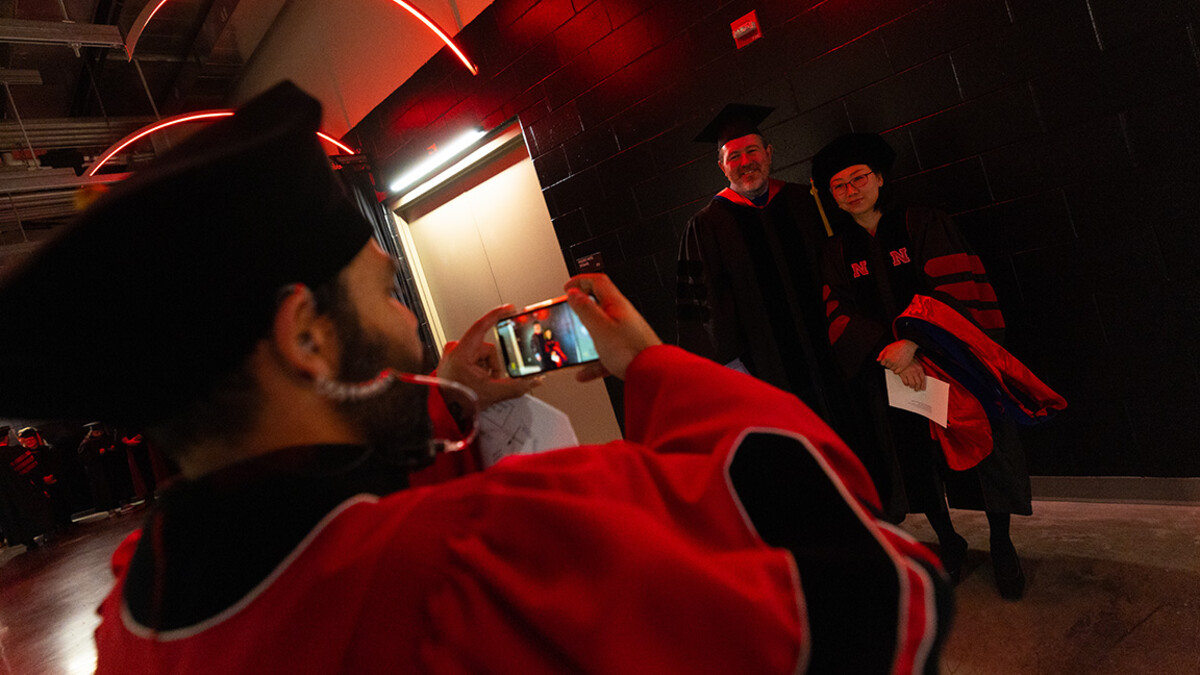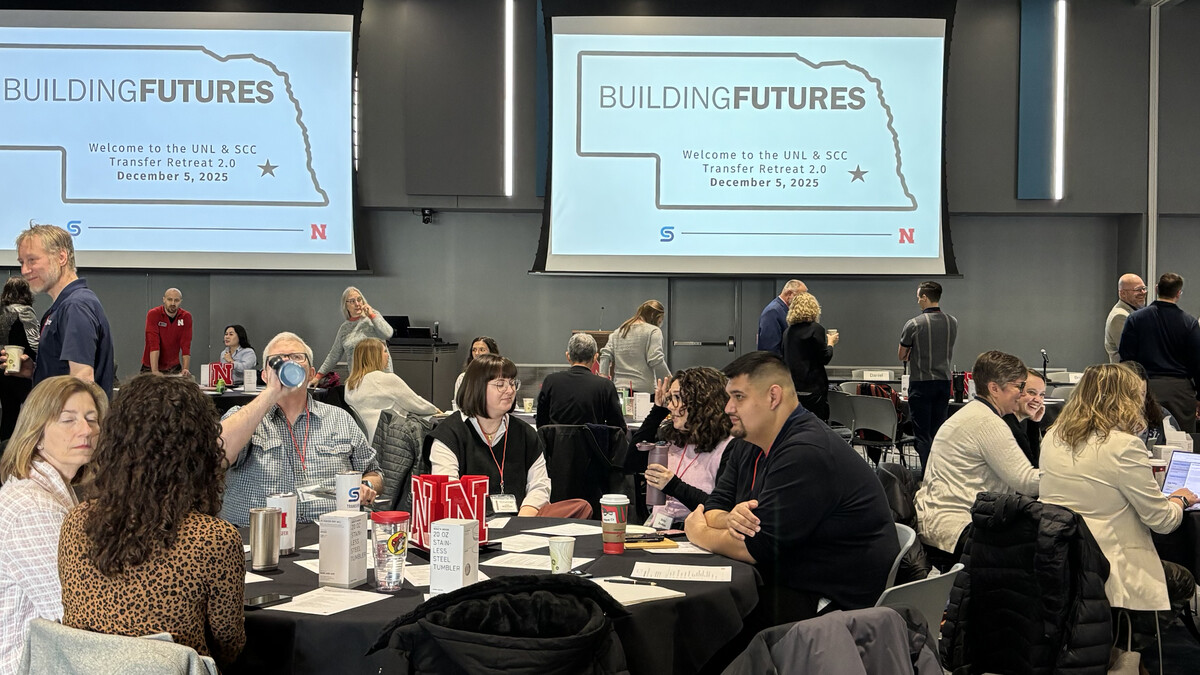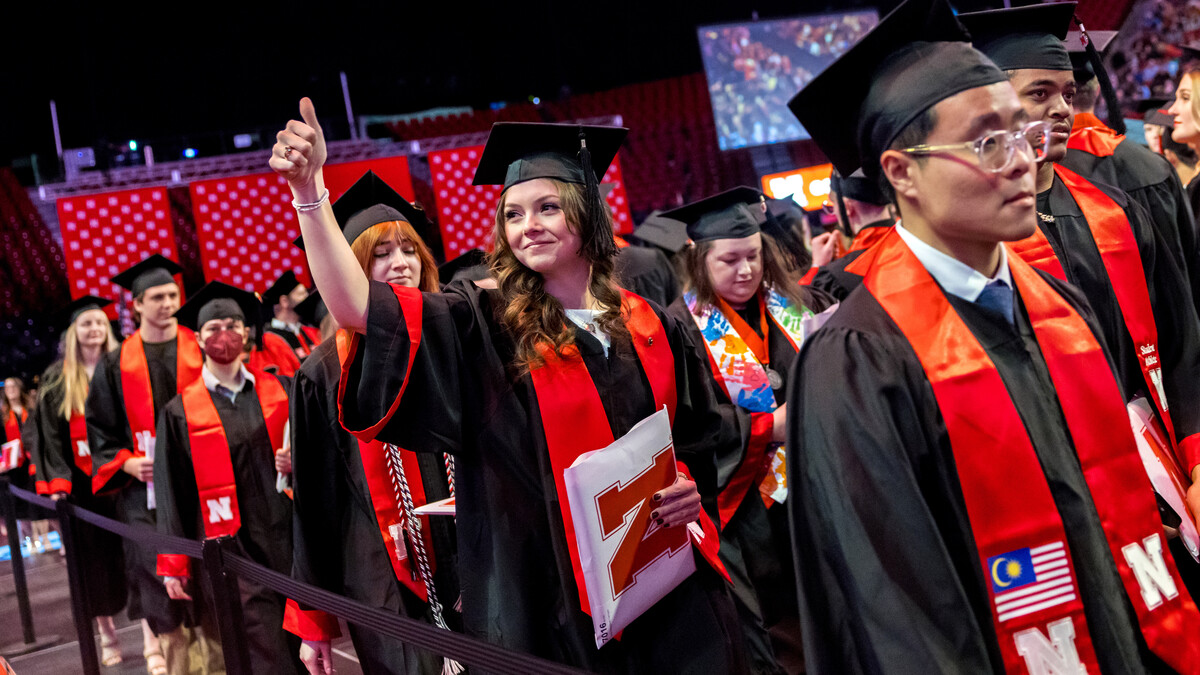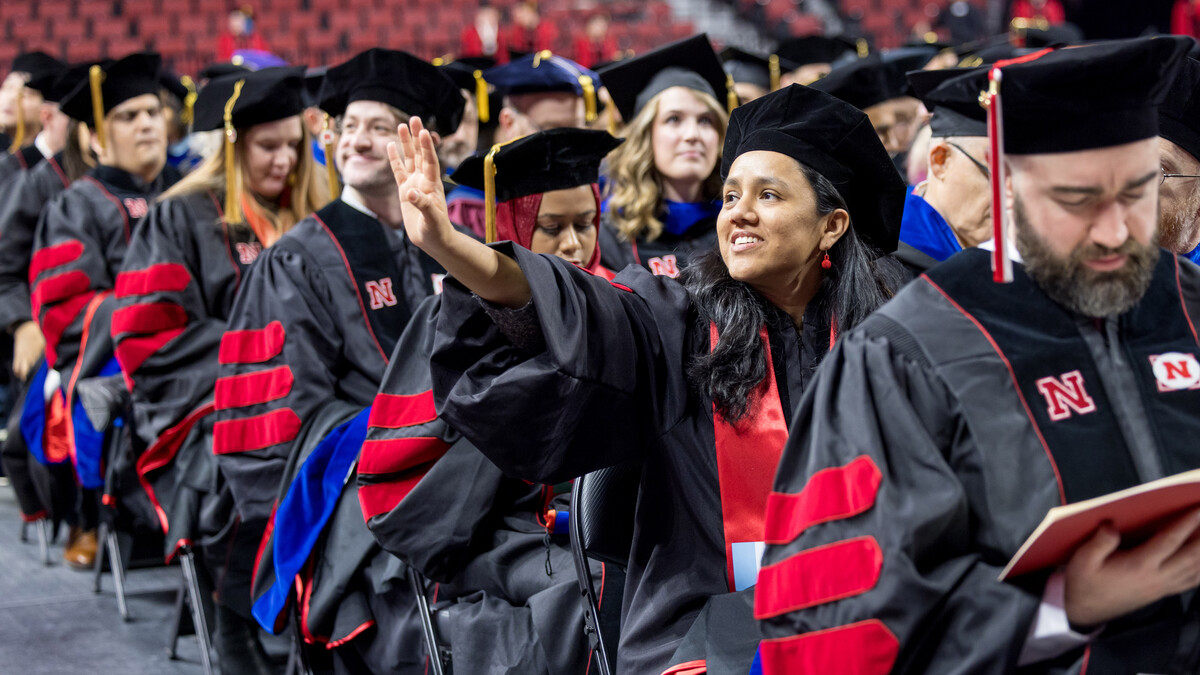
Clinical trials are a crucial step in medical research, and without adequate numbers of participants, treatments can be delayed or prevented from reaching the health care market.
But recruiting participants for clinical trials is challenging for a variety of reasons — time constraints, hesitation about safety and lack of awareness are just a few.
Social media, especially short-form videos, has emerged as a potent tool to expand knowledge of and recruitment to clinical trials, and new research from the University of Nebraska–Lincoln’s Ciera Kirkpatrick suggests there is a formula for impactful messaging that can reduce negative emotions and improve attitudes toward participation.
“Only about 5% of Americans have been in a clinical trial, so that's super low,” Kirkpatrick, assistant professor of advertising and public relations, said. “A lot of researchers are using social media to recruit people to their studies, which makes sense, because it's accessible, easy to use and affordable.
“We wanted to conduct this study to look at some of the different ways in which social media can correctly be used to improve attitudes and intentions related to clinical trials.”
In the study, published in Health Communication, Kirkpatrick and her co-authors recreated 18 videos by scientists recruiting for clinical trials and put those videos to a survey audience of more than 600. She found that overall, videos that contained autonomy-supportive messages — or those that gave a sense of agency or control to the viewer — were most effective, being rated as more worthy of engagement, generating more favorable attitudes about and intention for participation in clinical trials.
“I think a lot of people think about clinical trials as something that we should be doing in order for science to advance, but communicating about it in a way that it's still optional is key here,” Kirkpatrick said. “Messages that respect the viewers’ autonomy and this feeling of being able to make a choice themselves is better than trying to pressure them into doing something just because it's something we need people to do.”
When autonomy-supportive messages were mixed with an exemplar, or personal story, participants reported the lowest psychological reactance, or negative emotion, and the best attitudes toward clinical trial participation. Videos without autonomy-supportive messages, but with an exemplar, resulted in higher negative emotions and fewer favorable attitudes.
“When we are hearing the story of another participant, it's more interesting, it's more engaging and it increases our attention to the overall message itself,” Kirkpatrick said. “For the messages that just use generic statistical information, it's not as interesting.
“The autonomy messaging is easy for health professionals on TikTok or other social media sites to be able to do. Tweaking how they frame clinical trials can make a big difference in terms of how people perceive the message and perceive clinical trials and participation opportunities.”
Kirkpatrick said the finding that autonomy-supportive messaging also increased engagement is especially helpful, since engagement is important to social media algorithms.
“The autonomy support increased their likelihood of wanting to engage with the videos, which is really important within a social media context,” she said. “The more likes and shares and comments something gets, then the more people are going to see it, which could be helpful in terms of getting more people to become familiar with clinical trials and interested in participating."







